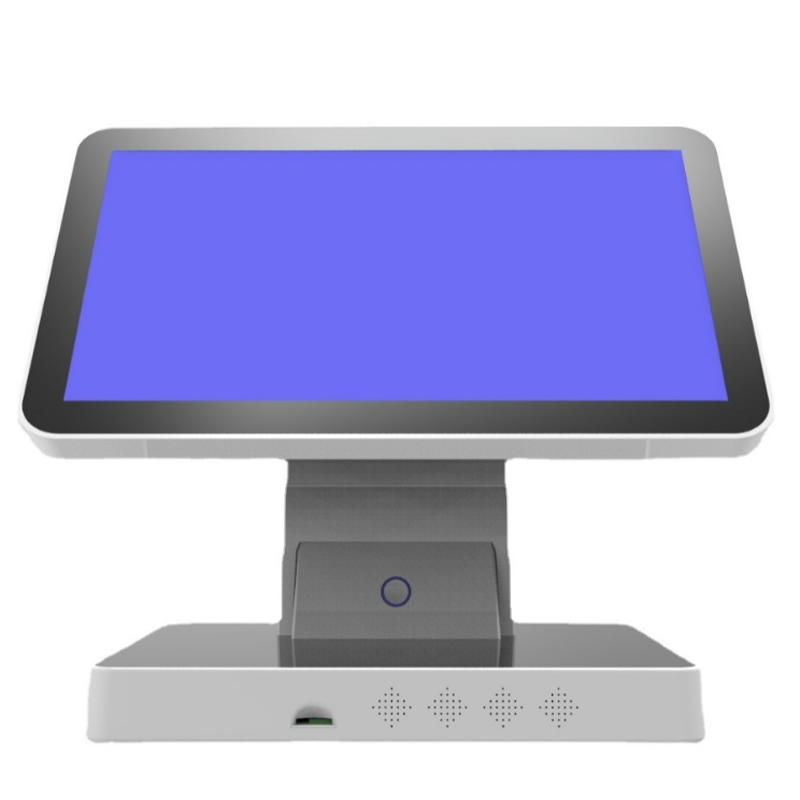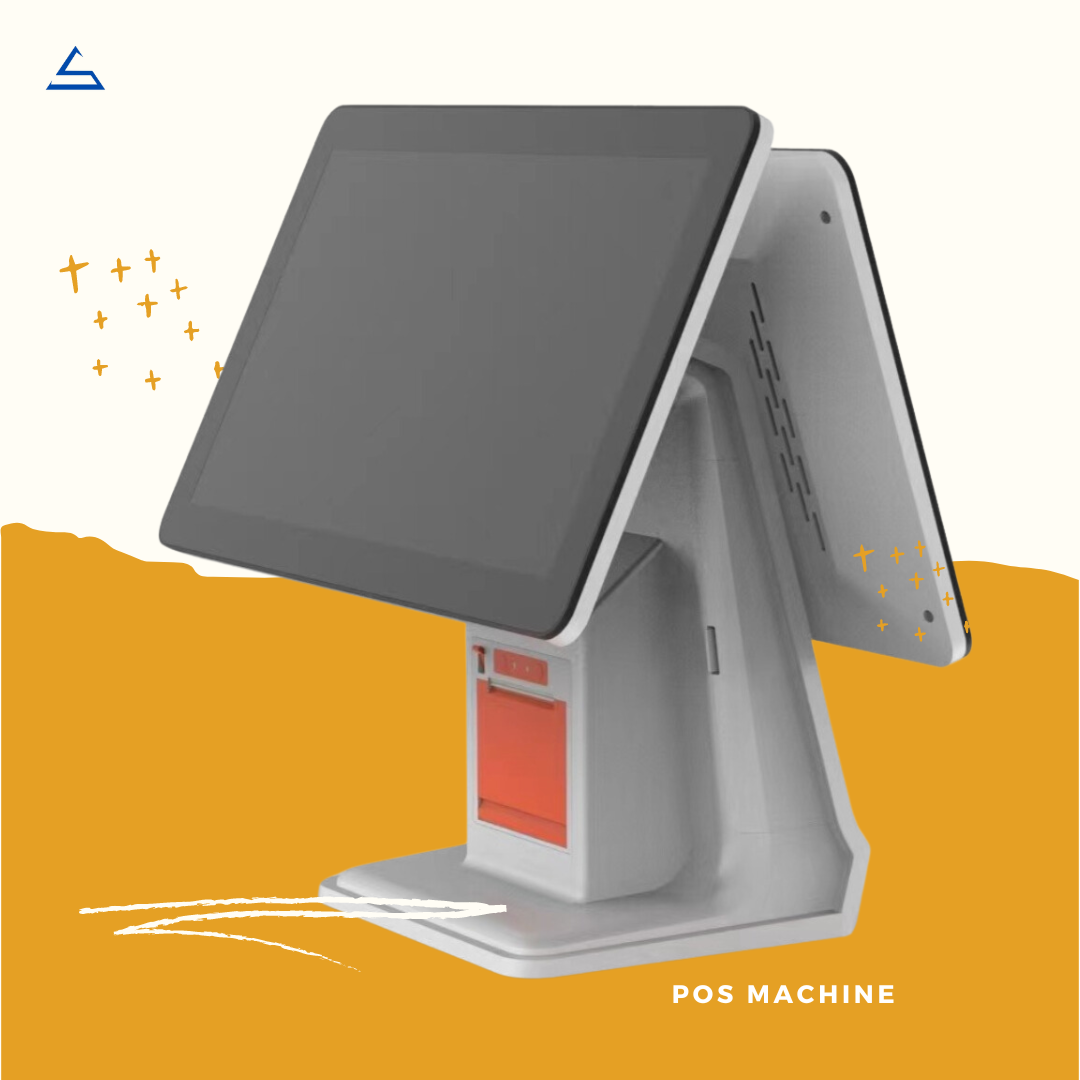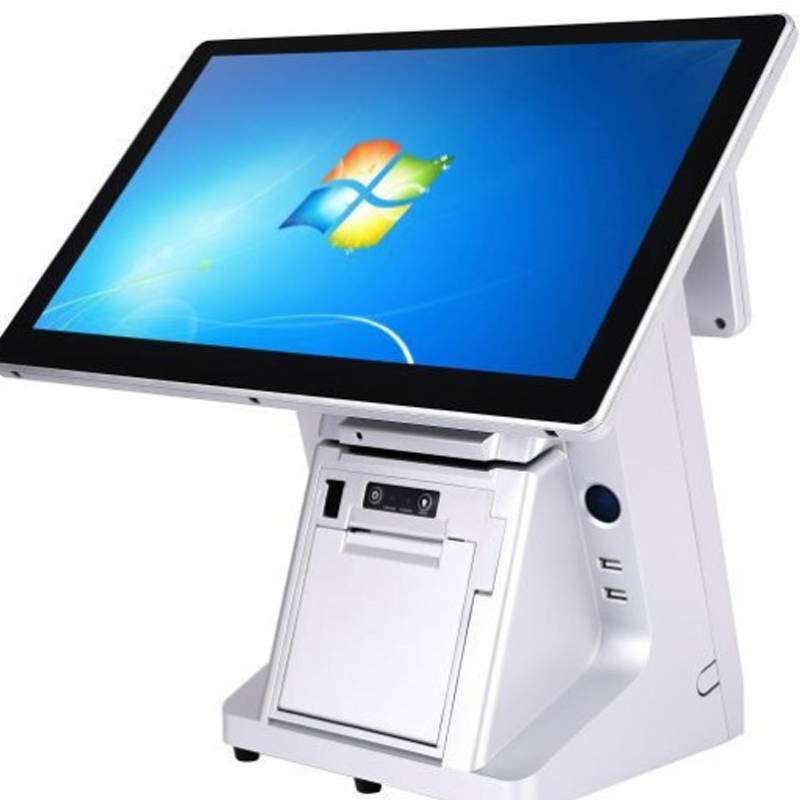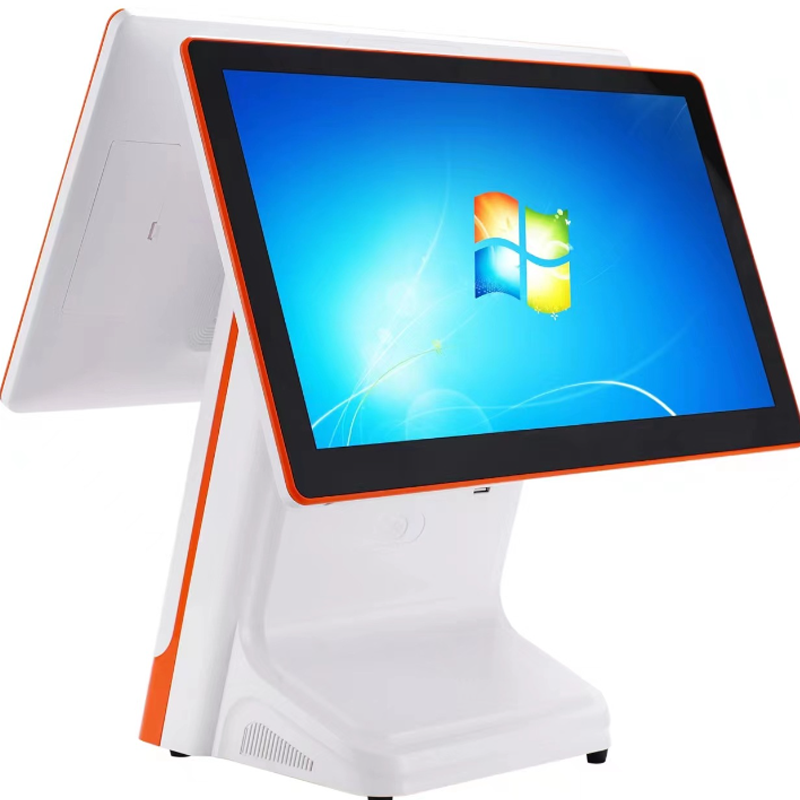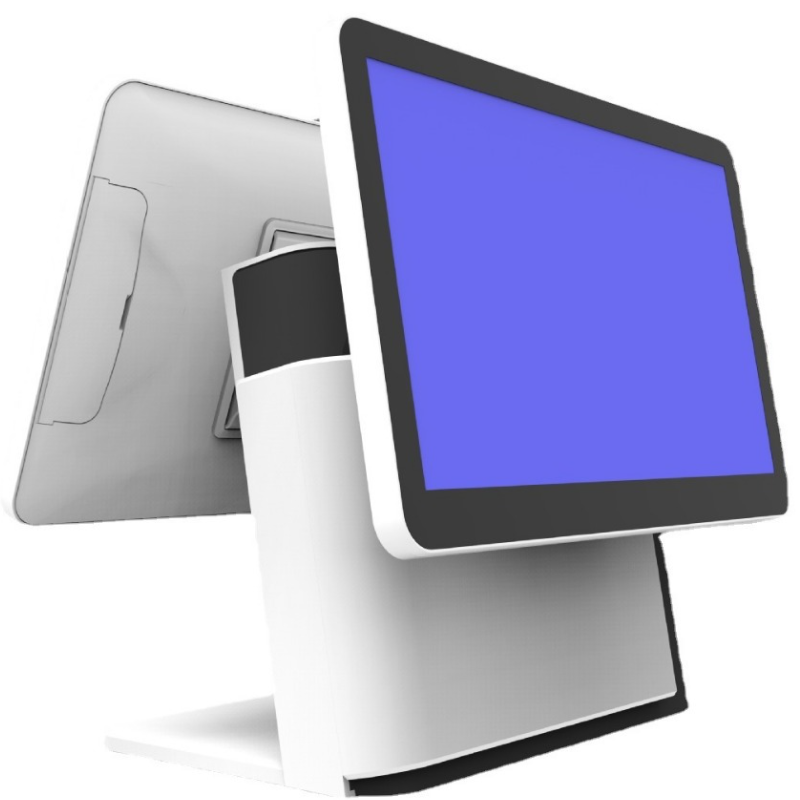how to use the cash register
Daftar Isi
Ringkasan
Are you new to retail or just starting a job that involves handling transactions? Learning how to use a cash register is an essential skill that can make your work life much easier. This guide will walk you through everything you need to know about operating a cash register, from basic functions to advanced tips. Whether you’re a beginner or looking to brush up on your skills, this article will help you become a cash register pro in no time!
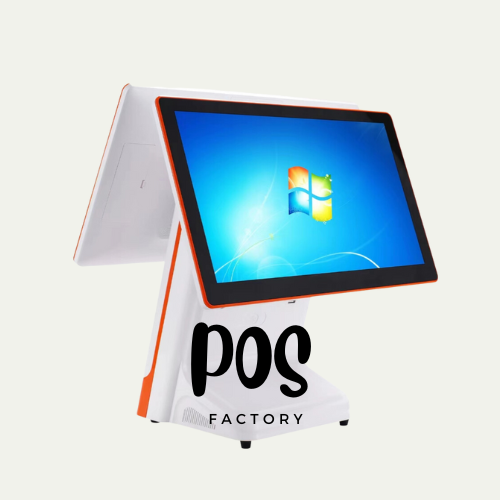
What is a Cash Register and Why is it Important?
A cash register is more than just a fancy calculator. It’s a crucial tool for businesses that handle cash transactions. But what exactly does it do?
- Records sales
- Stores cash securely
- Calculates change
- Prints receipts
- Tracks inventory (in some models)
Understanding how to use a cash register properly is vital for:
- Accurate financial records
- Efficient customer service
- Preventing errors and theft
- Smooth business operations
Let’s dive into the details of how to master this important tool!
What Are the Different Types of Cash Registers?
Before we get into how to use a cash register, it’s helpful to know that there are different types. Here are the main ones you might encounter:
- Traditional Electronic Cash Registers: These are the classic models with buttons for each item or department.
- POS (Point of Sale) Systems: More advanced, computer-based systems that often include inventory management and detailed reporting.
- Mobile Cash Registers: Apps on smartphones or tablets that can process payments on the go.
- Self-Service Kiosks: Automated registers where customers can check out on their own.
Each type has its own quirks, but the basic principles of use are similar. We’ll focus mainly on traditional and POS systems in this guide.
How Do You Set Up a Cash Register for the Day?
Starting your shift right is key to a smooth day of transactions. Here’s how to set up your cash register:
- Count the starting cash: This is usually a set amount, often called the “float.”
- Organize the cash drawer: Put bills and coins in their correct compartments.
- Check supplies: Make sure you have enough receipt paper, bags, etc.
- Log in: If your register requires it, enter your employee ID or password.
- Run a test transaction: Make sure everything is working correctly.
Remember, a well-organized cash drawer makes transactions faster and reduces errors. It’s worth taking the time to set up properly!
What Are the Basic Functions of a Cash Register?
Now that you’re set up, let’s look at the main things you’ll be doing with your cash register:
- Entering sales: This could be by scanning barcodes, entering prices manually, or selecting items from a menu.
- Processing different payment types: Cash, credit cards, gift cards, etc.
- Giving change: The register will usually calculate this for you.
- Printing receipts: Always offer a receipt to the customer.
- Voiding transactions: In case of mistakes or returns.
- Opening the cash drawer: Usually done automatically after a cash sale, but there’s often a manual option too.
Learn more about advanced POS features that go beyond these basic functions.
How Do You Run a Basic Cash Transaction?
Let’s walk through a simple cash sale:
- Greet the customer
- Scan or enter the items
- Tell the customer the total
- Take their payment
- Enter the amount given into the register
- Give change if needed
- Offer a receipt
- Thank the customer
Sounds simple, right? With practice, you’ll be able to do this quickly and accurately every time.
What About Credit Card Transactions?
Credit card sales are becoming more common. Here’s how they typically work:
- Enter the sale as usual
- Select “credit” as the payment type
- Either swipe, insert, or tap the card (or let the customer do it)
- Wait for approval
- Have the customer sign if required
- Offer a receipt
Many modern POS systems make this process even simpler. Check out this guide on choosing the right POS software for more information on credit card processing features.
How Do You Handle Returns and Exchanges?
Returns and exchanges can be tricky. Here’s a basic process:
- Ask for the receipt if possible
- Find the item in the system
- Select “return” or “refund” on the register
- Process the refund in the original payment method if possible
- If exchanging, ring up the new item as a separate transaction
Always follow your store’s specific policies for returns and exchanges.
What Are Some Common Cash Register Mistakes to Avoid?
Even experienced cashiers can make mistakes. Here are some common ones to watch out for:
- Entering the wrong amount
- Giving incorrect change
- Forgetting to close the cash drawer
- Not securing high-value bills
- Miscounting the starting or ending cash
Stay focused and double-check your work to avoid these errors!
How Do You Close Out a Cash Register at the End of a Shift?
Closing out is just as important as setting up. Here’s what to do:
- Count the cash in the drawer
- Run a report of the day’s transactions
- Compare the actual cash to what the report says you should have
- Report any discrepancies to a manager
- Prepare the cash for deposit or for the next shift
Learn more about end-of-day procedures and why they’re crucial for your business.
What Advanced Features Should You Know About?
Once you’ve mastered the basics, you might encounter some more advanced features:
- Inventory tracking: Some systems update stock levels automatically with each sale.
- Customer loyalty programs: You might need to enter customer info or scan loyalty cards.
- Discounts and promotions: Learn how to apply these correctly.
- Gift card sales and redemptions: These often have special procedures.
- Split payments: When a customer wants to pay with multiple methods.
These features can vary widely between different systems, so always ask for specific training on your store’s setup.
How Can You Improve Your Cash Register Skills?
Practice makes perfect! Here are some tips to become a cash register pro:
- Stay organized: Keep your workspace tidy for faster transactions.
- Learn shortcuts: Many registers have quick keys for common items.
- Practice mental math: It’s a useful backup skill.
- Be observant: Watch for counterfeit bills and credit card fraud.
- Keep learning: POS systems often update with new features.
Remember, good customer service is about more than just operating the register. Smile, be friendly, and make each customer feel valued!To sum up, here are the key points to remember about using a cash register:
- Set up properly at the start of each shift
- Know your register’s basic functions inside and out
- Follow the correct steps for different types of transactions
- Be careful to avoid common mistakes
- Close out accurately at the end of your shift
- Keep learning and improving your skills

Master these aspects, and you’ll be well on your way to becoming a cash register expert!
Tag
Produk
Blog
Hubungi Kami
Produk Terkait
Pertanyaan yang sering diajukan tentang pembuatan kotak kayu

